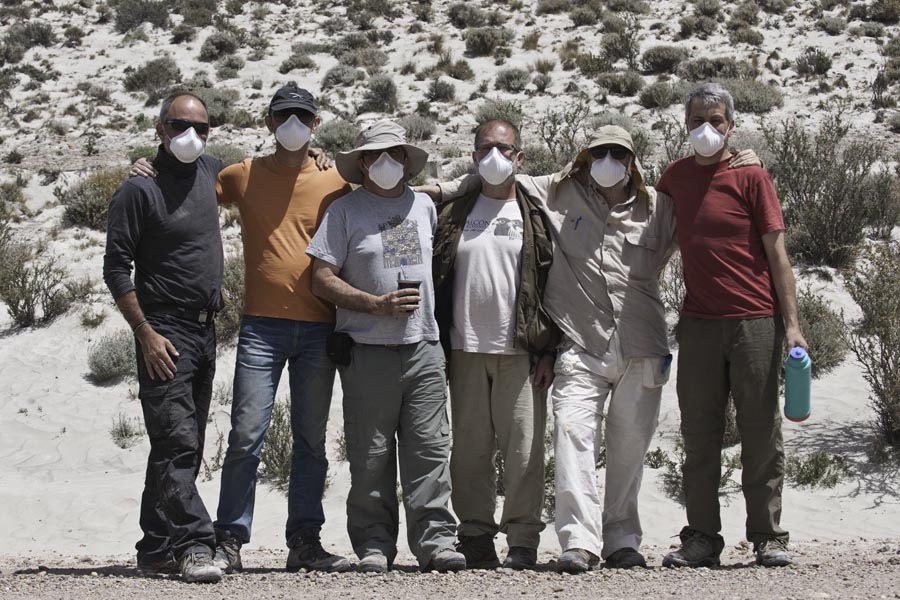By Pablo Plaza
Linked paper: Natural hazards and wildlife health: The effects of a volcanic eruption on the Andean Condor by P.I. Plaza, G. Wiemeyer, G. Blanco, P. Alarcón, D. Hornero-Méndez, J.A. Donázar, J.A. Sánchez-Zapata, F. Hiraldo, J. de la Rosa, and S.A. Lambertucci, The Condor: Ornithological Applications.
After a catastrophic natural event such as a volcanic eruption, what happens to the birds that live in the affected area? We studied the health impacts that a volcanic eruption in Chile produced in an emblematic species of the Andes Mountains, the Andean Condor.
The 2011 eruption of Puyehue-Cordón Caulle Volcanic Complex in Chile was catastrophic not only for the people living in northwest Argentine Patagonia, but also for the region’s wildlife. The volcano ejected tons of ash into the environment, which was deposited mainly on the Argentinean Patagonian steppe, the most important foraging area for Andean Condors.
Since 2010, we have been trapping and monitoring Andean Condors in this region to study their movement and their health status. This allows us to evaluate the effects that threats such as lead contamination, exposure to pesticides, and pathogens are producing in their population. The volcanic eruption in 2011 gave us the opportunity to study health impacts associated with this catastrophic event, comparing health parameters of Andean Condors trapped before 2010 and after the eruption. Working with condors is an amazing task, but during 2011 the capture and sampling process was challenging because we were working under the extreme environmental conditions generated by the eruption.

Despite the eruption’s effects on the environment, the population of condors from the affected area has remained there, probably to maintain familiar territories to forage or reproduce. However, staying put has resulted in some health costs for this population. In individuals sampled after the eruption, blood parameters such as albumin, carotenoid compounds, total proteins, and magnesium changed in comparison with individuals sampled before the eruption, reflecting potential alterations in their health. Albumin, calcium, total proteins, and carotenoids all decreased, dipping below the reference values expected for individuals of this species, while magnesium levels increased.
The decrease of albumin, calcium, total proteins, and carotenoids suggest that condors suffered a shortage of food. This food shortage was probably related to the high mortality rate of wild and domestic ungulates at the beginning of the eruption and the removal of livestock from the affected area. At the beginning of the eruption, the amount of food available for condors increased due to high herbivore mortality, but over the course of the following days it abruptly decreased. The higher magnesium levels could be associated with the ingestion of ash particles containing this mineral, and this is of concern because it could affect bone mineralization. We also found various metals and metalloids in condors’ blood, which might also be related to ingestion of ash particles. Some of them, such as arsenic or cadmium, could produce serious health alterations, even at low blood concentrations. Finally, every individual sampled after the eruption showed clear signs of throat irritation associated with high content of silica present in the ash particles.
Unlike other species such as livestock and deer, for which the health impacts of the eruption were severe, the impacts in condors seem to be mild and are probably mostly related to a shortage of food. After all, Andean Condors have lived in a volcanic area for millions of years and have likely experienced many eruptions over their evolutionary history. However, the long-term effects of exposure to volcanic ash and the increase in some toxic metals in blood deserve future research, especially because they can act in a synergic way with anthropogenic activities as pollution.

COMMENTS